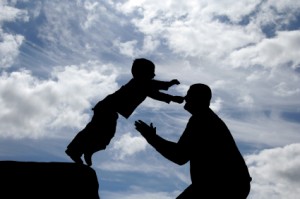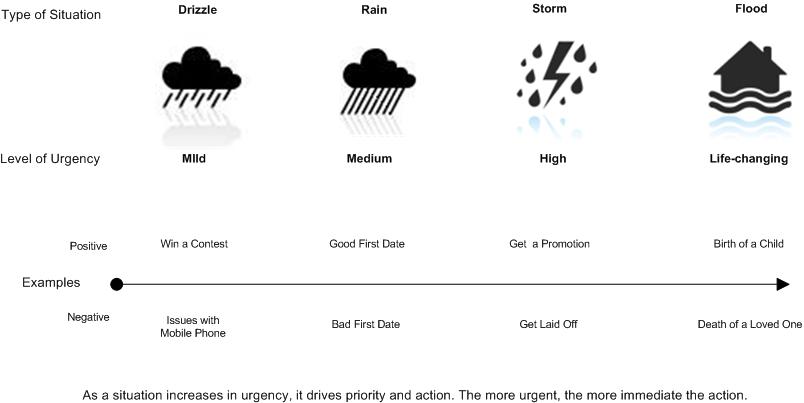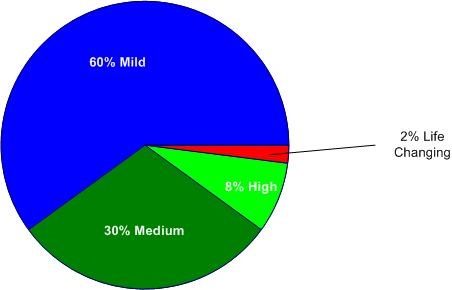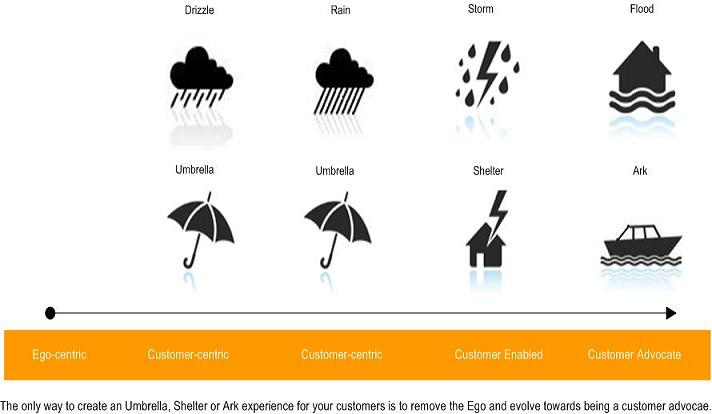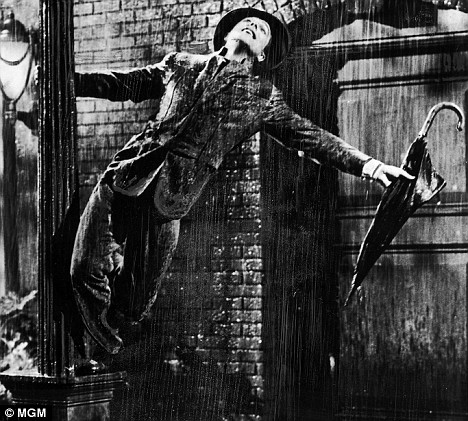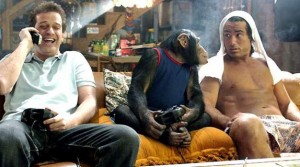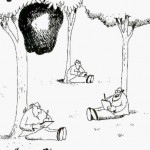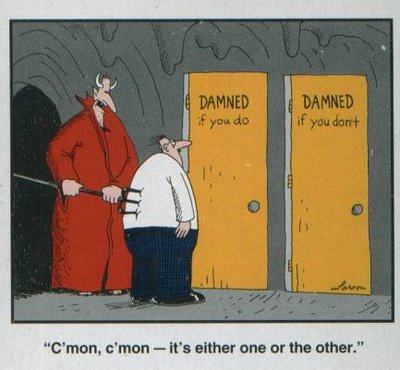After taking a short break from blogging/writing over the past several months I have spent the last week trying to come up to speed on current topics/trends/issues that my audience cares about. Recently i have been hearing a lot about “‘social currency” and that “trust is THE currency” of the day. But why trust? I mean we can’t measure trust, we can barely agree on a definition of what trust is in business. So why do we hang our hat on something so intangible? This has troubled me a fair bit and while I never would begin to express that I have “THE answer”, I will certainly put forward an interesting argument to reconsider what your social currency is and how you can develop a social economy based on it.
To begin we need to understand trust…
The classic definition from Wikipedia put forward that trust has the following elements to it:
- the willingness of one party (trustor) to rely on the actions of another party (trustee);
- reasonable expectation (confidence) of the trustor that the trustee will behave in a way beneficial to the trustor;
- risk of harm to the trustor if the trustee will not behave accordingly; and
- the absence of trustor’s enforcement or control over actions performed by the trustee.
If we can agree that trust embodies the above elements, after all it does come from a highly reputable source, then we will be able to at the very least establish what trust is as a human construct and that it is based on action and behaviours; and behaviours, of course, drive action. So if trust can be gained through action and underlying behaviours, then we can also assume it can be lost through action and behaviour.
What is Currency?
The next step is to reach a common understanding on what a currency is… again, we turn to Wikipedia, that trusted source of human knowledge where the actions of hundreds and thousands of people have created the biggest repository of human knowledge; refined through countless iterations. Again we see actions building trust. Interesting… but I digress.
Back to currency. It seems, according to Wikipedia, that currency has several key attributes as well that help us shape our common understanding.
- Currency is commonly held to be a medium of exchange.
- Its essential function is that is a “measure of value” which means it needs a constant inherent value of its own and stable purchasing power.
- Lastly, a currency is convertible requiring no restrictions on the amount of currency you can convert or no fixed/limiting value to it.
 So shouldn’t a social currency have the same rough definition? It begs the question… What human construct can be a medium of exchange? Is trust even capable of being a currency?
So shouldn’t a social currency have the same rough definition? It begs the question… What human construct can be a medium of exchange? Is trust even capable of being a currency?
In my mind trust doesn’t have these qualities, in fact trust has all the qualities of a product; it is something purchased via continuous action. We certainly can’t exchange trust. Trust is most likely one of the most difficult human constructs to measure and apply a value; it is ethereal and personal and therefore lacks the ability to have a constant inherent value past a single person. You simply cannot measure it regardless of what the social measurement folks like Tweetlevel, Empire Avenue, and Klout tell you. Lastly, trust is not convertible; at least not in a way we could apply to being a currency.
So what do we have that makes a good social currency? In my mind it is action.
How Action Forms the Basis for a Social Currency
So if we look at action as a potential currency it to also needs to meet all of the criteria listed above that trust seemed unable to adequately fulfill.
- Action can be exchanged. Action, by its very nature, promotes exchange; action and reaction. Further, we know that action acquires or loses trust, again another exchange.
- Action is measurable and can have a constant inherent value. For decades we have been applying value to action. We know down the penny what a customer service phone call is worth not only from an actual dollar value but also from an action-reaction valuation. I mean, this is the basis for Net Promoter scoring – will you refer us to your family or friends? It is a system where every action has an inherent value to the point where enough trust is acquired to promote a new action/reaction – a referral. Further, action is infinitely measurable – its the one thing we can measure in social for example.
- Action is convertible. Action can be converted at anytime depending on how the person you are performing an action for both values and builds trust. Understanding human obligation enables us to further demystify how action can be converted for higher values or converted faster. Obligation simply means that if i do something nice for you, you will (eventually) do something nice for me. Continued action that builds obligation will drive
By performing actions for our customers, we build trust. Trust is a result of positive action; it is the product we purchase with action-based currency. Over time and depending on how the individual measures the value of your actions they convert it to trust on your behalf – a trust they transfer to your brand.
How Do We Acquire and Lose Trust with Action Currency
So if we assume that action is what we use to purchase trust; its is cause and affect. But now we need to determine where trust-building actions come from in the enterprise. It is my opinion that the divisions tasked with direct service to the customers that are the instruments to deliver action and directly affect the value of that currency.
- Marketing: Marketing sets the stage for the base value of your social currency. The value of your base currency is directly equal to the integrity of the actions that marketing takes. If your marketing bends the truth, over promises or misleads then you devalue your currency. Each action marketing takes whether its an email communication, a mobile app or event has the opportunity to deliver positive action.
- Sales: The relationship the customer develops with sales staff is the primary set of actions that either acquire or lose the trust. The key here is to make it easy to do business with you and simplify the process of becoming a customer. Lastly, do what you say you are going to do when you are going to do it. Harder than it sounds for many.
- Customer Retention and Loyalty: Probably the one department that holds the most traction with customers and the least valued in the social strategy. Why companies commit all of their actions to acquiring rather than keeping customers, I will never know. To continue to reinforce/build trust the actions must give them a reason to continue to be a customer; rewards and simple shows of appreciation are great ways to do that.
- Customer Service and Support: One of the biggest areas of negative action is customer service. Why do we put our lowest paid, least trained staff on the front line and then limit their ability to serve the customer with selfish SLA or customer service policies? Nothing erodes the value of your social currency faster than the inaction or negative action of customer service.
- Billing/Finance: It escapes me why we don’t ever consider the impact of finance department’s actions in relation to the value of your currency. One poor interaction or dispute with billing and your value plummets. Always look to resolve in the best possible manner.
Brands that understand that the result of positive action is trust gradually improve the value of their “brand currency” or actions enabling them to apply arguably less effort for better results. As we apply positive action to a person, group of people or market, we increase the value of our “brand actions” thus enabling us to purchase more trust faster. Where a brand performs actions that are either low quality, contradictory, negative or selfish they devalue their currency.
Much like the world’s nations have their own currency systems, I believe each brand has their own social currency and while the basis of that currency is action, the value can vary wildly depending on the value and qualities of each action the brand makes to its customers. This makes it easy for us to begin to understand how some brands can purchase trust so easily and others struggle constantly. It is the perceived quality of that brand’s “actions” that create the value of their social currency.
I have learned the following rules hold true for building and retaining value in your brand currency.
- Be customer-centric: There is no action better than that we do for the needs of others. Give to receive.
- Simplify everything you do: In age of ridiculous complexity, simplicity in your actions and the actions you ask customers to take builds incredible value. Simple actions have higher value than complex actions.
- Be friendly: You don’t have to be genuine, but you do have to be friendly. Friendly staff can a long way to maintaining the value of your currency even when they have to do things the customer may not like.
- Be fast: The first step to good service is acknowledgment and in an age of live social interactions, brands must be expedient in their response to customer inquiries. This further
As a student of human nature, I have also been able to develop a theory on obligation and its role in building a highly valued currency. Understanding human obligation enables us to further demystify how action can be converted for higher values or converted faster. Obligation simply means that if i do something nice for you, you will (eventually) do something nice for me. Continued action that builds obligation will drive the acquisition of trust and positive customer reaction on behalf of your brand. As you acquire more trust you will be able to exert more influence over that customer and guide their actions in a more meaningful way.
Whether your brand currency is a Peso or a Pound is a direct result of your ability to acquire trust through the actions your company takes.
How Social Currency Leads to Influence
I would be remiss if i didn’t tie this back to influence, a topic I hold near and dear to me heart. In my journey to uncover the Nature of Influence and its many forms, I believe that in the context of social currency, the higher the “value” of your brand currency or actions, the more influence you wield over customers. Again, I turn to human nature and the relationship between action, trust and influence.
Actions buy trust and trust buys inlfuence. The more we trust a brand, the more that consumer becomes susceptible to brand influence and the more we are able to guide a customers interactions with our brand. It is an integral part of trust to lower our defenses as part of our commitment. Once we lower our defenses, we become easier to influence. So long as you never betray or abuse that trust, you will continue to be able to apply influence using your currency.
A Poor Value Social Currency Can Lose Customers
 The same relationship works to acquire new customers whose trust has been eroded by brands with poorly valued social currency. Telcos are a prime example in Canada. Never has there been an industry where trust has been more exploited than in telco. I will give a living, personal example. I am in my last year of a 3 year contract with a major Canadian telco for my business mobile service, no names but it begins with “R” and ends with “ogers Communictions Ltd.”.
The same relationship works to acquire new customers whose trust has been eroded by brands with poorly valued social currency. Telcos are a prime example in Canada. Never has there been an industry where trust has been more exploited than in telco. I will give a living, personal example. I am in my last year of a 3 year contract with a major Canadian telco for my business mobile service, no names but it begins with “R” and ends with “ogers Communictions Ltd.”.
In my second year, I had issues with my Blackberry and contacted Rogers tech/customer support for help. They proceeded to let me know that i was not eligible for any handset replacement, nor would they compensate me for a month of non-service. This continued for over 4 weeks and eventually i was able to get to customer retention whereby they agreed to replace my handset and credit my account $200 if i re-signed for another 3 year term. Not that i am anything special, but my account is worth over $4K per year and while its not a large amount, its not small for an individual either.
By the time they had given that unsavoury offer, their actions and seeming lack of positive action lost my trust. I found an old handset, turned down their offer, and to this day they have not credited a penny to my account or followed up in anyway. Their brand currency is valueless to me. But now the currency of rivals has much more value to me even if my current provider takes decisive action to resolve my dilemma. Its simply too late for them. It is a message I have shared with many friends and colleagues via professional and social networks thus impacting the value of “R’s” currency with those whom I am influential.
The moral of this story is that as brands, it is within our power to develop a social currency that delivers enormous success, eternal mediocrity, or miserable failure. Every action we take with our customers defines that value.
So the real question is… do you want a Peso or a Pound?
